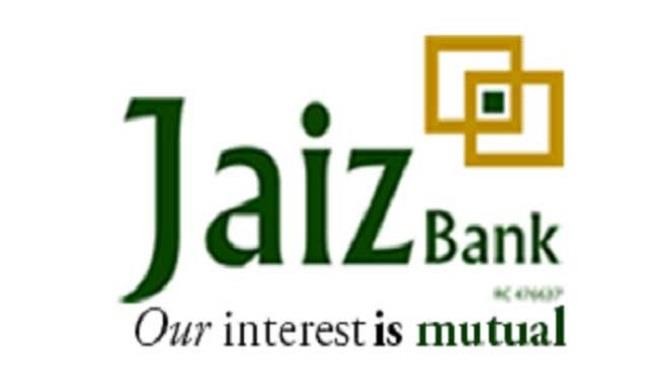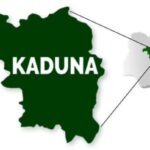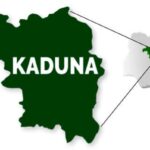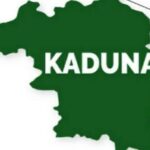The Branch Manager of Jaiz Bank in Kaduna state, Muhammad Murtala Halilu, says the bank’s customers’ deposit has grown from N33.7 billion in 2017 to N48.9 at the end of 2018.
Addressing a press conference at the bank’s stand during the just concluded 40th Kaduna International Trade Fair, Halilu said the bank, which is a non-interest Islamic bank is improving its E-channels or internet services in order to ease customer services and decongest the banking halls.
According to him, “We are also trying to deepen the financial services as we are heavily investing in our e-banking channels so that the banking halls can be decongested to meet our customers’ needs.
“Jaiz bank is a commercial bank but a non-interest financial institution which means we provide financing without interest.
“We started the bank as a regional bank with only three branches in Abuja, Kaduna and Kano, but today Jaiz bank has not only secured the national license, but have over 39 branches and still counting as we intend to open more branches this year.
“We have also increased our total asset base from N87.3 billion as at 2017, to N108.4 billion in 2018 and the customers deposit has also grown up from N33.7 billion in 2017 to N48.9 or roughly N50 billion at the end of 2018.”
He disclosed that the bank is trying to push for the CBN financial inclusion, so that many Nigerian’s will have access to banking services.
He added, “Jaiz bank is also participating in SMEs and retail financing as we were recently able to secure licence from the Bank of Industry to finance SMEs; these are few areas the bank has been participating in the financial sector of Nigeria.
“There are three ways in which the institution makes its income and it includes trading as we buy assets, we put a mark up and sell and whatever profit we earn while selling, then we have gained.
“Secondly, we do joint business with customers and whatever profit we generate from the business we share it equally with the customer we did the business with; and thirdly, we go in to leasing arrangement where the customer or the leasee will own the asset at the end.”

 Join Daily Trust WhatsApp Community For Quick Access To News and Happenings Around You.
Join Daily Trust WhatsApp Community For Quick Access To News and Happenings Around You.


